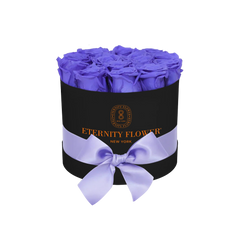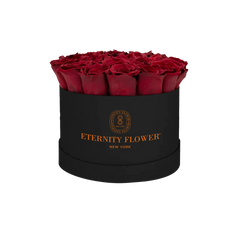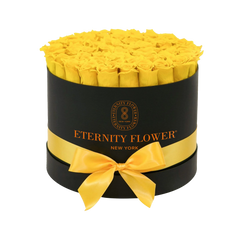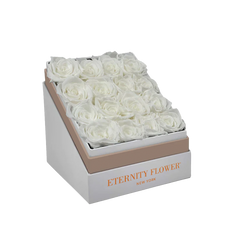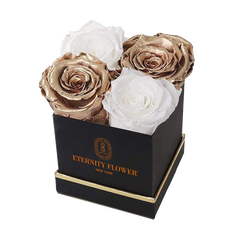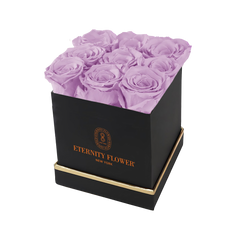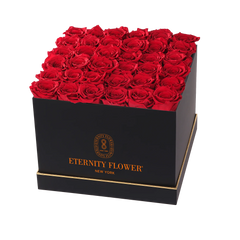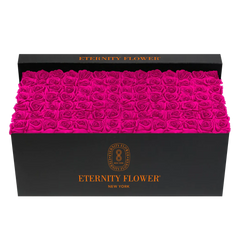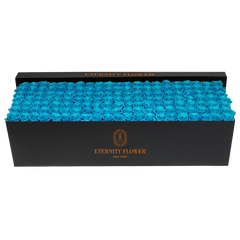Welcome to the enchanting world of shade-loving plants! These often-overlooked gems are the epitome of resilience and versatility, capable of transforming shaded garden spots into thriving sanctuaries. Their ability to flourish in low-light conditions makes them ideal for those areas of your garden that are starved of sunshine. With their lush greenery and vibrant colors, shade-loving plants add a unique charm and beauty to any outdoor space.
This article serves as your guide to the best plants for shaded areas, providing valuable tips and insights to help you cultivate a serene and picturesque garden. Whether you're dealing with deep shade or dappled sunlight, you'll discover a variety of plants that can thrive in these conditions.
Read more: Blooming Delight: Elevate Your Garden Tea Party Decoration with Flowers
Dancing in the Dark: The Charm of Shade Loving Plants
Shade loving plants, contrary to popular belief, are not just about green foliage. Many offer a spectrum of colors, textures, and blooms that can brighten up any shady corner of your garden. Here are some of them.
Hostas

Hostas are incredibly versatile and low-maintenance, making them a favorite for shady gardens. They come in a wide range of sizes, from small varieties that grow just a few inches tall to larger ones that can span several feet. Their leaves are equally varied, with colors ranging from deep green to blue-green and even variegated patterns of green, white, or yellow. While their flowers are less showy, typically appearing as spikes of lavender or white blooms, it's their lush foliage that truly makes a statement.
Ferns

Ferns are quintessential shade plants, known for their lush, feathery fronds. They come in numerous varieties, each with its unique texture and form. Some popular shade-loving ferns include the Lady Fern, which has delicate, lacy fronds, and the Japanese Painted Fern, noted for its silver and burgundy foliage. Ferns are perfect for creating a woodland garden feel and work well as a backdrop for other shade-loving plants.
Bleeding Hearts (Dicentra)

Bleeding Hearts are cherished for their distinctive heart-shaped flowers, which dangle from arching stems in spring. These flowers are usually pink or white and are a beautiful contrast against the plant's soft, green foliage. Bleeding Hearts are perfect for adding a touch of romance and whimsy to a shade garden. They typically go dormant in summer, so it's a good idea to plant them alongside other perennials that can fill in the space.
Astilbe

Known for their feathery, plume-like blooms, Astilbes are a fantastic way to add texture and color to shady areas. They flower in a variety of shades, including pink, red, lavender, and white. Astilbes also have attractive fern-like foliage, which remains visually appealing even when the plants are not in bloom. They prefer moist, well-drained soil and can add a bright splash of color to the darker areas of a garden.
Heuchera (Coral Bells)

Heuchera is celebrated for its vibrant, often ruffled foliage, which comes in a stunning array of colors from lime green to deep burgundy. While they do produce delicate flowers on slender stems, it's the foliage that's the real showstopper, providing year-round interest in the garden. Heucheras are also quite durable and can tolerate a range of soil conditions, though they prefer well-drained soil.
Solomon's Seal

This plant is known for its graceful, arching stems and dangling, bell-shaped white flowers that appear in spring. The foliage is a clean, bright green, and some varieties feature variegated leaves with white edges. Solomon's Seal is ideal for adding a touch of elegance to shady garden spots. It's also a great choice for naturalizing in woodland settings.
Impatiens

Impatiens are one of the most popular annuals for shady gardens, known for their bright, cheerful flowers that bloom in a wide range of colors, including pink, red, coral, white, and purple. They have a compact, bushy growth habit and are excellent for filling in gaps in the shade garden or for adding color to container plantings. Impatiens prefer moist, well-drained soil and can bloom from spring until the first frost.
Read more: 13 Long Lasting Flowers: Discover Nature's Enduring Beauties
Behind the Science of Shade Loving Plants

Shade-loving plants have adapted to thrive in low-light environments through a variety of fascinating biological adaptations. These adaptations allow them to make the most of the limited sunlight they receive in shaded areas such as under trees, next to buildings, or in other spots where direct sunlight is scarce. Here are some key ways in which they manage this:
- Efficient Photosynthesis: Plants need sunlight for photosynthesis, the process by which they convert light energy into chemical energy. Shade-loving plants are often very efficient at photosynthesis under low-light conditions. They have adapted to use the available light more effectively, often by having a higher chlorophyll content per leaf area than sun-loving plants. This allows them to capture and use light more efficiently.
- Large Leaves: Many shade-loving plants have larger leaves compared to plants that grow in full sun. The increased leaf surface area allows them to capture more of the limited light that is available. These larger leaves can absorb more light, helping the plant to carry out sufficient photosynthesis to grow and thrive.
- Thinner Leaves: The leaves of shade-loving plants are often thinner, which means they require less energy and resources to maintain. This is an adaptation to the lower levels of light and nutrients often found in shaded areas.
- Darker Green Leaves: The deep green color of many shade-loving plants is due to higher concentrations of chlorophyll. This pigment is critical for photosynthesis, and its increased presence helps the plant to maximize the use of available light.
- Growth Patterns: Shade-loving plants often exhibit slower growth rates. This is an adaptation to the lower levels of energy available from reduced sunlight. By growing more slowly, they use energy and resources more efficiently.
- Root Systems: Many shade-loving plants have adapted to compete effectively for nutrients in the soil, often having extensive or highly efficient root systems. This helps them to absorb as many nutrients as possible in a potentially competitive environment under the canopy.
In conclusion
The world of shade-loving plants is a realm of extraordinary adaptation and beauty, offering a diverse palette of colors, textures, and forms to enliven the shaded areas of your garden. These plants not only thrive in low-light conditions but also bring a unique charm and ecological balance to your outdoor spaces. Embracing the magic of shade-loving plants opens up a new dimension in gardening.





